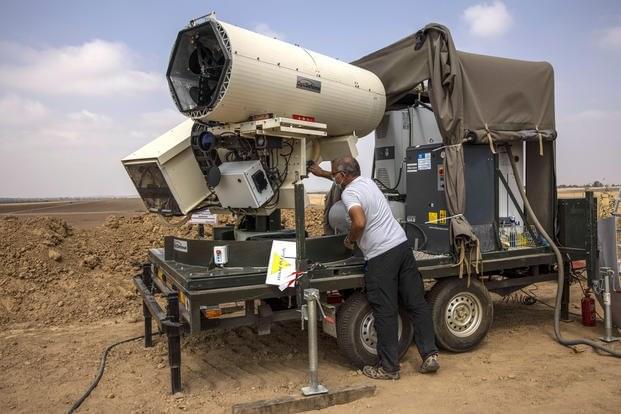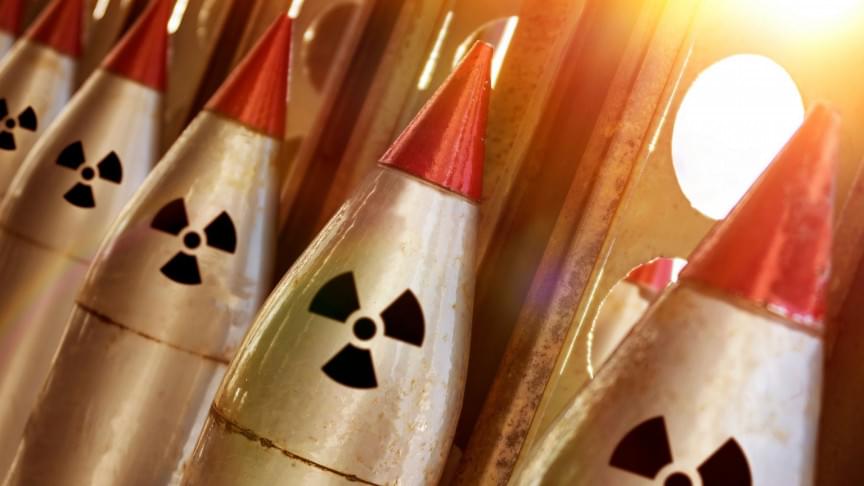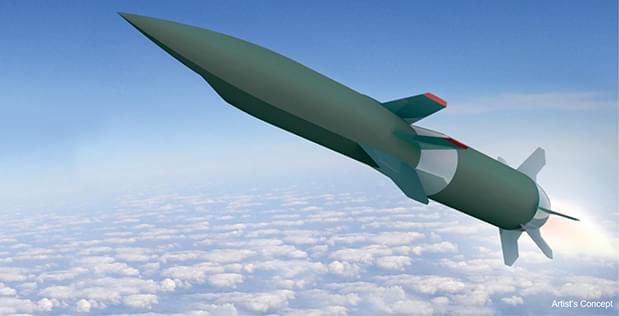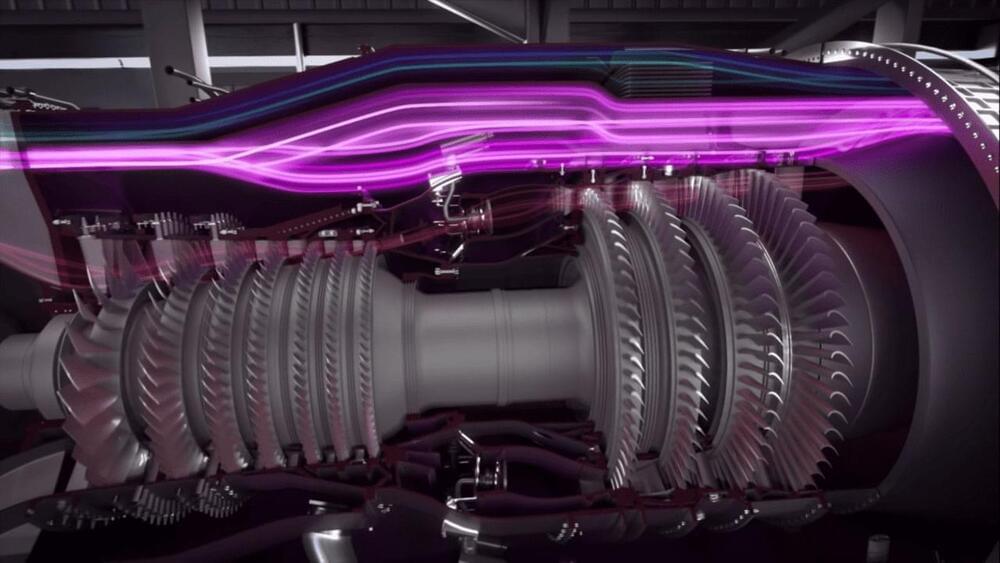JERUSALEM — Israel’s new laser missile defense system has successfully intercepted mortars, rockets and anti-tank missiles in recent tests, Defense Minister Benny Gantz said Thursday.
The Israeli-made laser system, designed to complement a series of aerial defense systems such as the costly Iron Dome deployed by Israel, will be operational “as soon as possible,” Gantz said.
The goal is to deploy the laser systems around Israel’s borders over the next decade, Gantz added. The tests took place last month in the Negev Desert.









